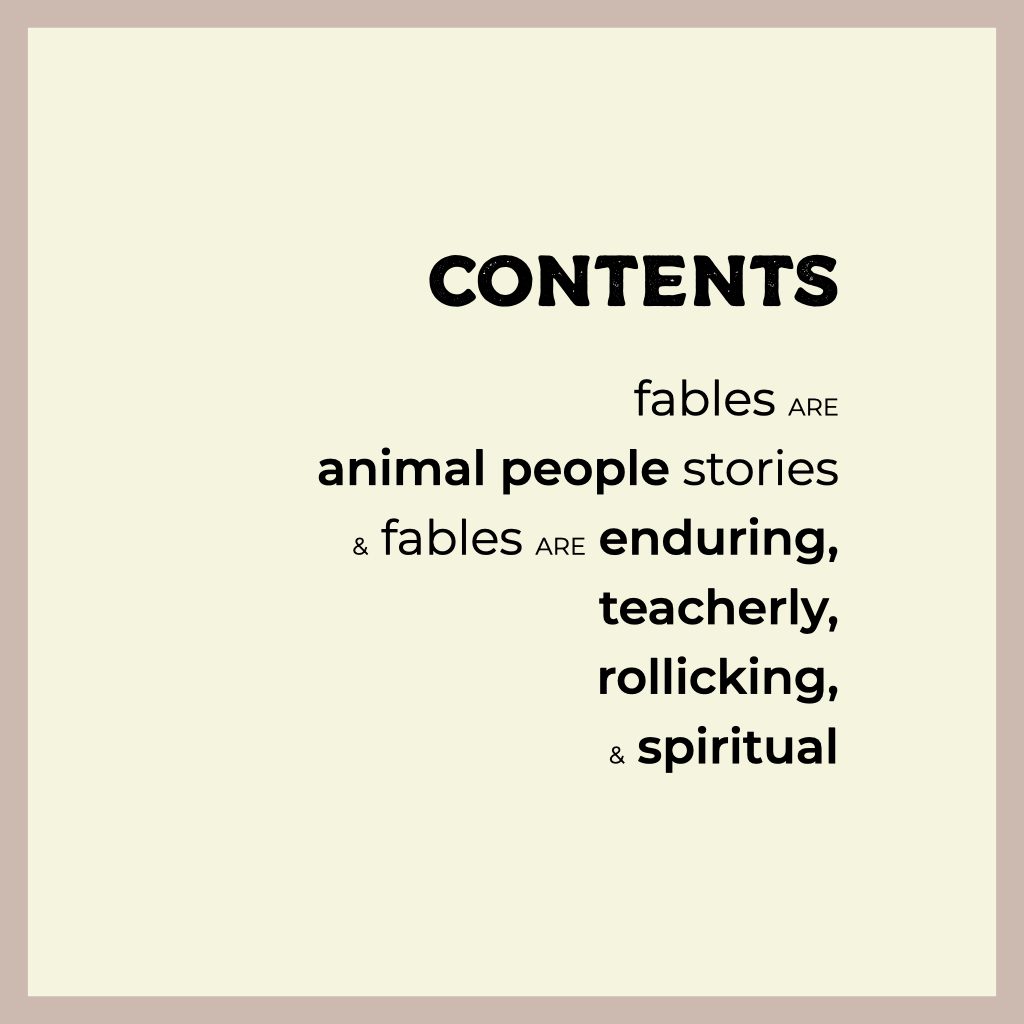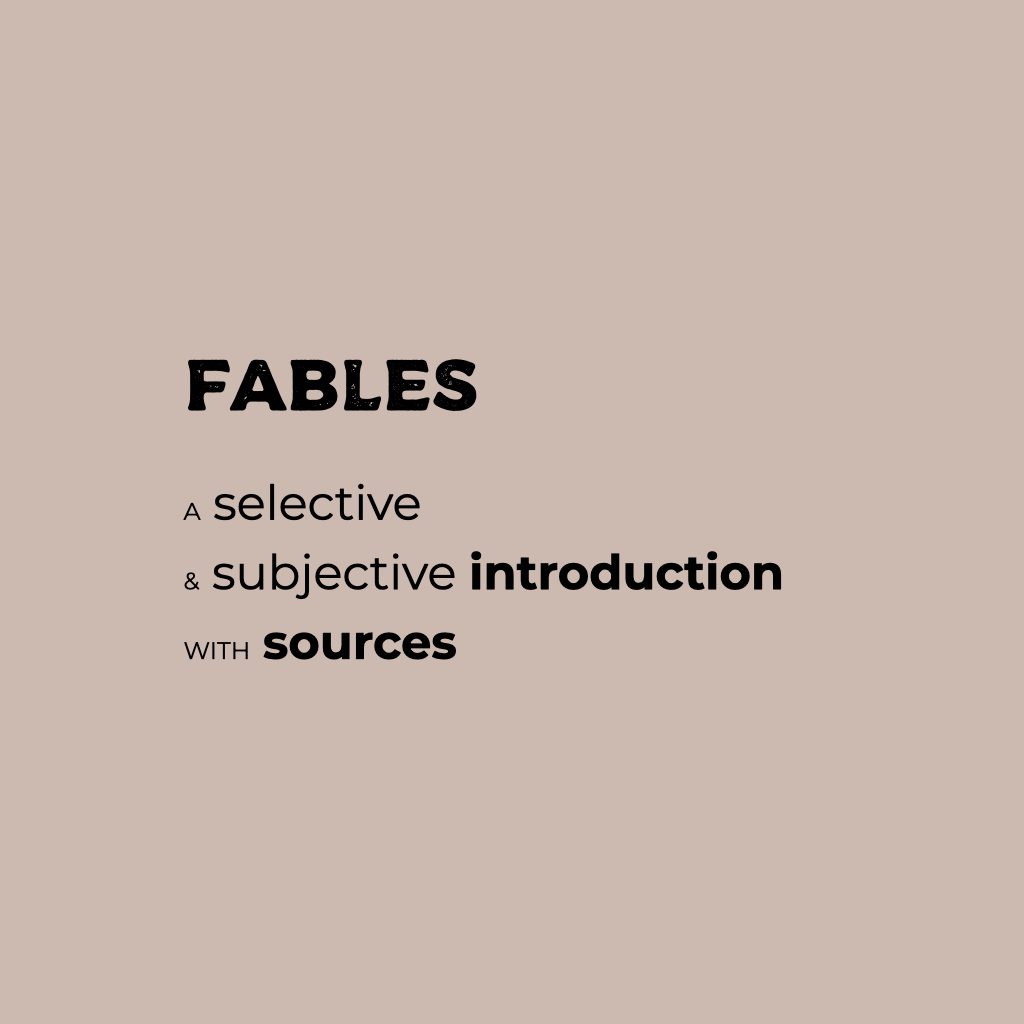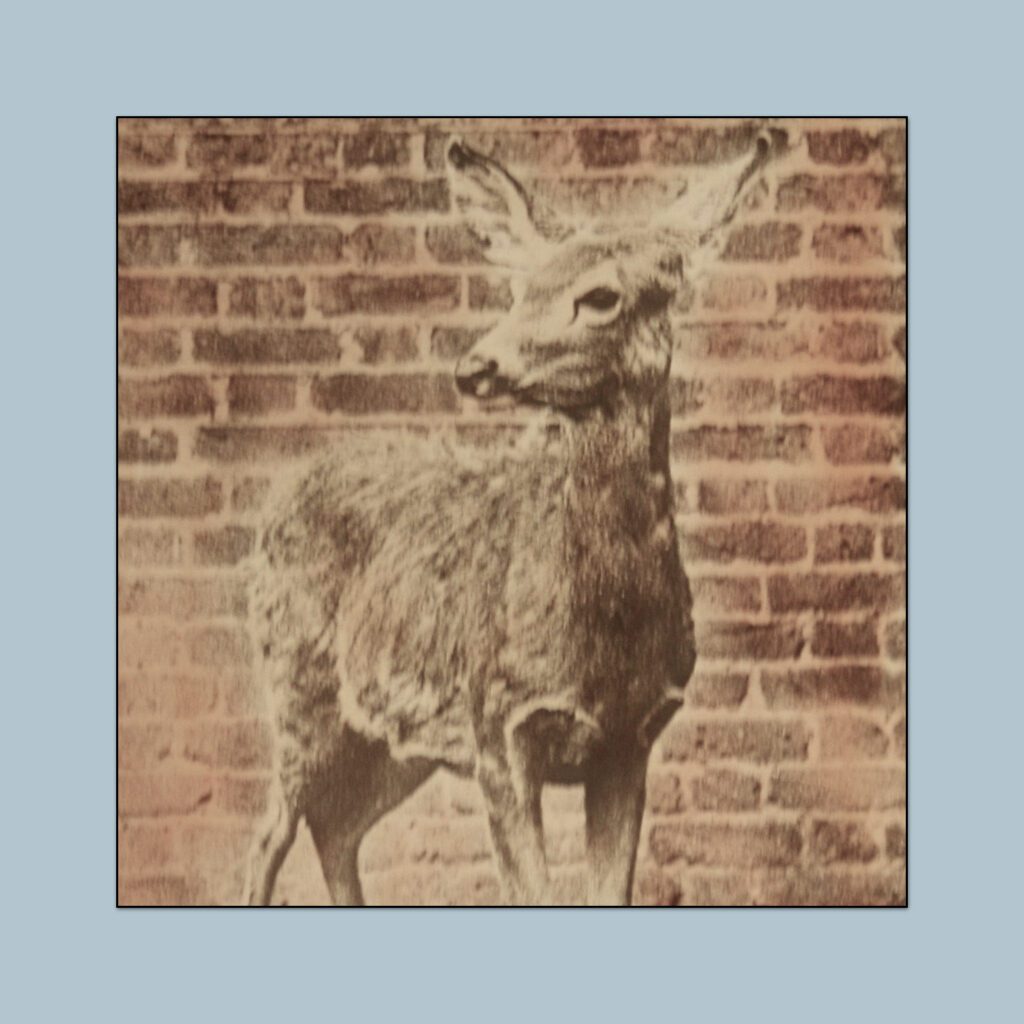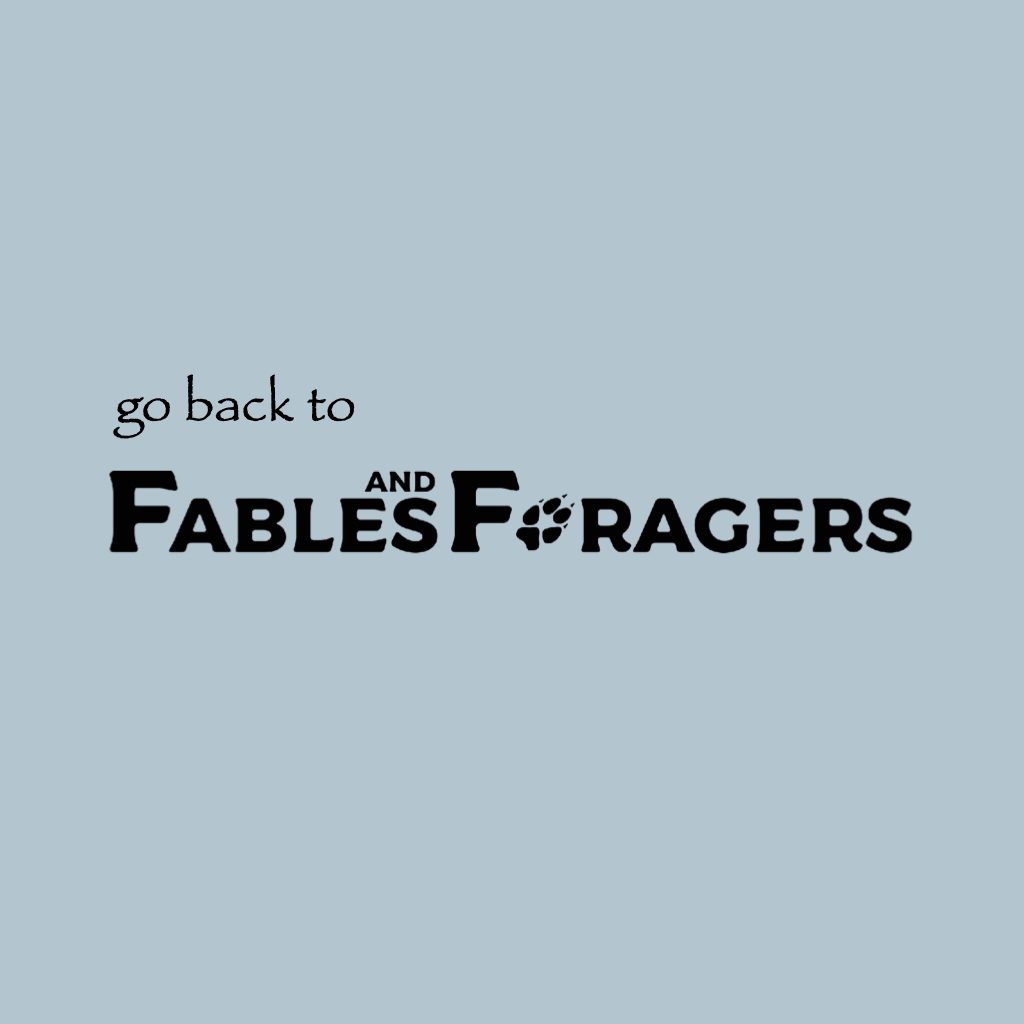
Fables Are Animal People Stories
This might seem obvious, but fables are a major influence on my novel Seven Fables. As far as I can tell, fables are the oldest, most essential, and most vital form of human storytelling.
In fables the main characters are usually animal people. Some fables also include plant people, rock people, star people, and so forth. We might use the scholarly term nonhuman persons.
Anthropologist Irving Hallowell described the concept of “other-than-human persons” in 1960.
• Hallowell “Ojibwa Ontology, Behavior, and Worldview” (1960) (publisher website / purchase)
• Hallowell “Ojibwa Ontology, Behavior, and Worldview” (1960) (library website / read online)
Following Hallowell, anthropologists Nurit Bird-David, Philippe Descola, and Eduardo Viveiros de Castro elaborated on the idea.
• Bird-David “Animism Revisited” (1999) (publisher website / free)
• Descola Beyond Nature and Culture (French 2005 / English 2013) (publisher website / purchase)
• Viveiros de Castro Cosmological Perspectivism in Amazonia and Elsewhere (publisher website / free)
The idea of nonhuman persons relates to animism.
• Here is an excellent encyclopedia entry on animism (academic website / read online)
Ecologists Robin Wall Kimmerer and Steve Pavlik bring the concept to the natural sciences.
• Kimmerer Braiding Sweetgrass (author website / purchase)
• Kimmerer “The Intelligence of Plants” (2016) (interview / listen & read online)
• Pavlik The Navajo and the Animal People (2014) (publisher website / purchase)
• Pavlik “The Thin Line between Humans and Animals” (2011) (interview / listen & read online)
Fables Are Enduring
Fables are older than the Jatakas or Panchatantra or Aesop. Much, much older. Fables have been part of human culture since … well, humans.
Most of the fables ever told were not about a fox stealing chickens from a farmer. And they didn’t offer advice on how to be a good king.
Fables come from the time before farmers and kings, when all of us were Foragers.
Most of the Forager fables ever told are lost now, but Foragers living in recent centuries have shared some of their stories with scholars. See the Sources page for links to some collections.
In a few cases, writers from Forager communities published their own collections of animal people stories. On the Sources page I devote posts to these amazing writers.
Fables Are Thoughtful
A large portion of animal people stories told by Foragers contain lessons about ecology, cosmology, ethics, and culture.
Many scholars have studied this aspect of fables. Here’s a starter list of open-access articles.
• Polly Wiessner “Embers of Society: Firelight Talk among the Ju/’hoansi Bushmen” (2014)
• Raymond Pierotti “The Role of Myth in Understanding Nature” (2016)
• Daniel Smith & 12 more “Cooperation and the Evolution of Hunter-Gatherer Storytelling” (2017)
• Michelle Scalise Sugiyama “Oral Storytelling as Evidence of Pedagogy in Forager Societies” (2017)
• Lucas Bietti, Ottilie Tilston & Adrian Bangerter “Storytelling as Adaptive Collective Sensemaking” (2018)
Forager storytelling adds to evidence that Forager life is not a “war of all against all.” Foragers created egalitarian, ethical-minded communities built to endure for the long haul.
Getting this view to sink in with “modern” people is an uphill struggle, because it challenges some basic assumptions about civilization. Here’s some reading on this subject.
• Douglas Fry & Geneviève Souillac “The Relevance of Nomadic Forager Studies to Moral Foundations Theory” (2013)
• Karl Widerquist & Grant McCall Prehistoric Myths in Modern Political Philosophy (2017)
Fables Are Rollicking
After scrolling through the academic links in this post, fun might be the last thing on your mind. But fables are meant to be fun, funny, and often irreverent.
It might seem obvious (or not) that we learn better when having fun. But scholars suggest this is a profound aspect of Forager stories that is lost on “modern” humans.
• Peter Gray “Play as a Foundation for Hunter-Gatherer Social Existence” (2009)
• Michaeleen Doucleff & Jane Greenhalgh “How Inuit Parents Teach Kids to Control Their Anger” (2019)
Fables tend to feature heroes who are clever fools, generous hoarders, honest liars, brave cowards. They whip between extremes, which makes them both rowdy and (sadly) relatable.
I think of Walt Kelly’s Pogo and Berkeley Breathed’s Bloom County as recent adaptations of this rollicking spirit in animal people stories. But I’ll save those thoughts for another post.
Fables Are Sometimes Spiritual
In contrast with the fable genre in written literature, some of the stories told by Foragers are sacred. Some are also meant to be told only at certain times or places.
This website favors stories told deliberately for a wide audience. These storytellers usually work with outside editors and scholars — a sometimes difficult task (see Christine Quintasket).




